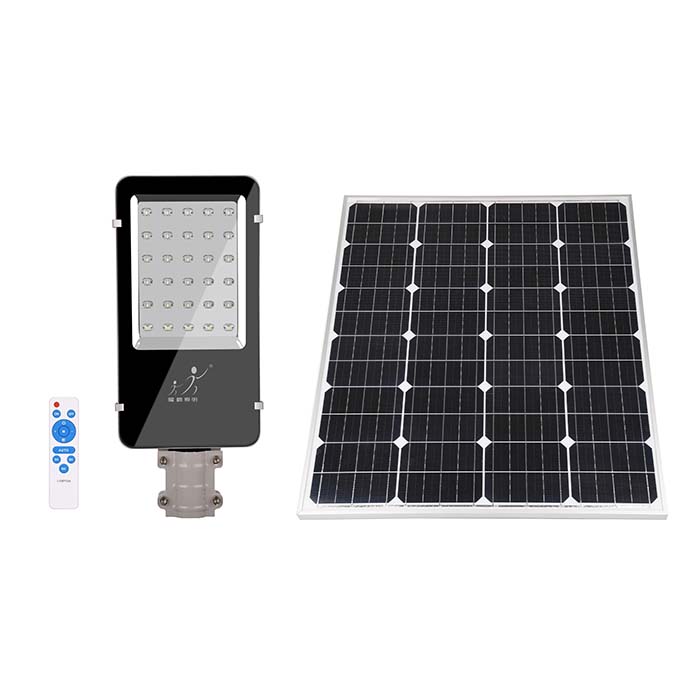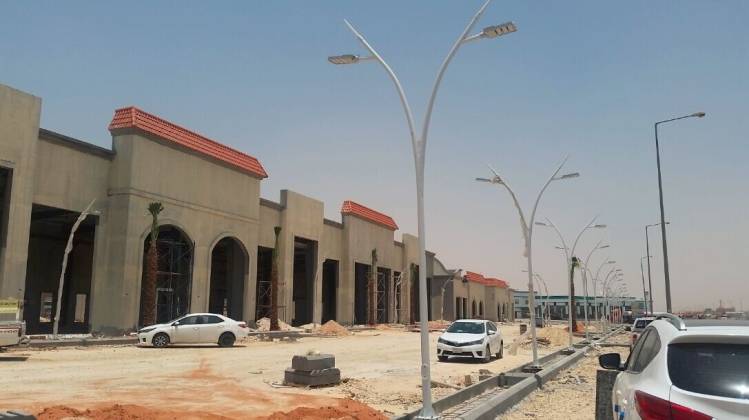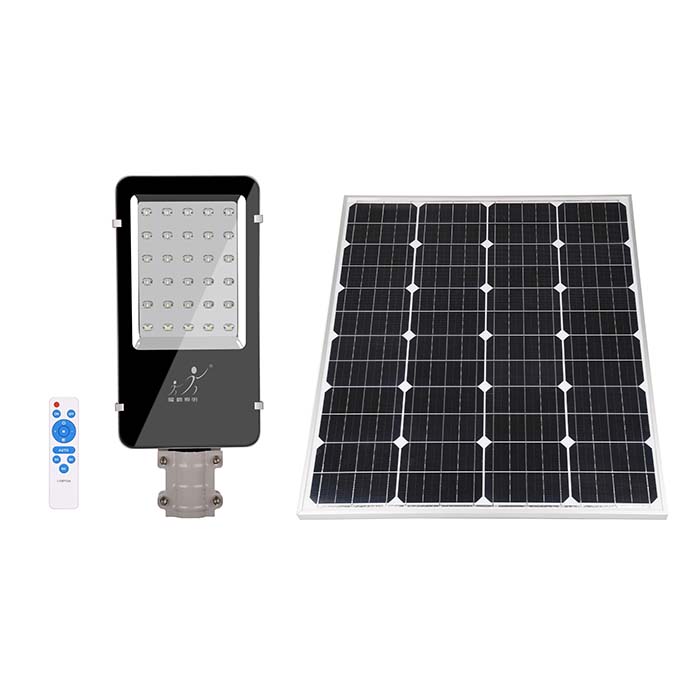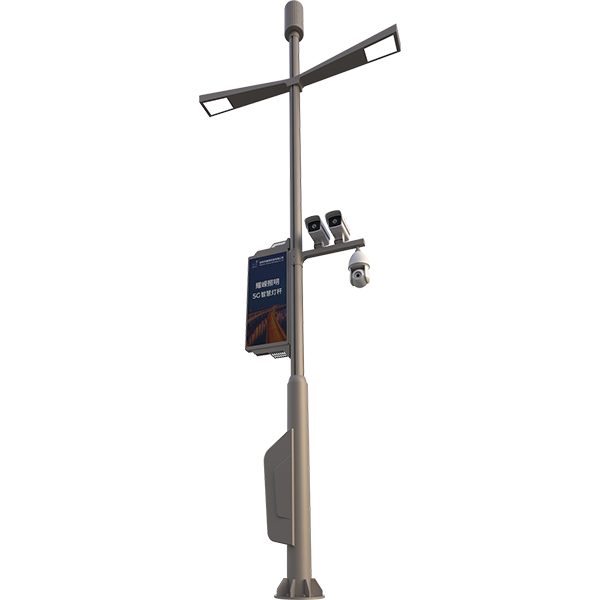What are the precautions for LED street light design?
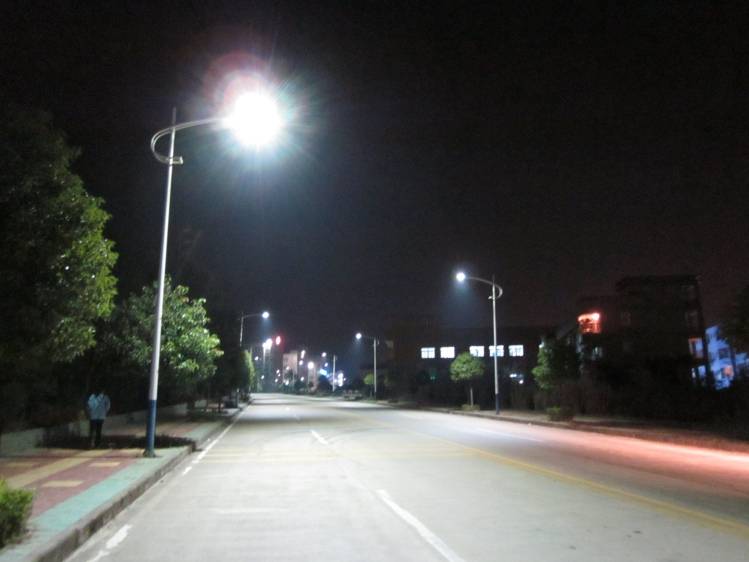
1. Luminous decay of lamps
The light decay of LED street lamps refers to the negative impact of the optical system and lamp structure on the luminous flux of the light source. Contamination of the system leads to phenomena such as premature fading of illumination. In the design process of LED street lamps, the material selection, shape, volume and sealing method of the reflector should take into account the problem of light decay.
2. Light source protection
In the design of LED street lamps, it is necessary to ensure that the light source has a reliable electrical connection, the contact resistance is small, and it will not loosen after vibration.
In order to protect the light source and prolong the life of the light source, the internal structure of the LED street lamp must be scientific and reasonable. In order to enhance the heat dissipation capacity of the lamps, the shape and size of the reflectors should be reasonably manufactured, the volume of the lamps should be appropriately expanded, and the heat dissipation area should be increased, so that the light sources work at a suitable temperature to ensure stable, safe and reliable performance.
3. Heat dissipation design
In addition to reflecting visible light, the light source also generates a large amount of thermal radiation. Thermal radiation will make the lamp body temperature too high, affect the service life of the light source, and make the material of the lamp premature. Aging, more dangerous, may lead to leakage, fire and so on.
When designing LED street lights, try to use heat-resistant materials and low-emission light sources. When conditions do not allow, materials with poor thermal conductivity such as asbestos should be used. Isolating light sources, lighting materials and components with poor heat resistance, can also use heat dissipation methods, such as heat sinks and reflectors, to refract heat radiation, or rely on fans to force air circulation to dissipate heat as quickly as possible.
4. Functional and beautiful design
An important part of lighting design is to select suitable lamps according to functional requirements and environmental conditions, and to coordinate lighting functions and decorative effects. LED street light is a functional product, but also a rich information carrier and cultural form. They are a comprehensive reflection of people's aesthetic taste, technological level and functional needs in the corresponding historical period.
The design of LED street lights should take into account many aspects such as function, material selection, shape, color, and craftsmanship. The design of LED street lamps should also consider the overall relationship between the lamps and the relevant space environment. Not only lighting, but the beauty of lamps and lanterns is also inseparable from the environment in which they are located, and can be integrated with the environment.
5. Integrated design
In recent years, new design concepts and design methods have been emerging. The interface modeling of furniture, furnishings, LED street lights and even space is no longer an independent decorative element, but is often combined in various ways, which not only exerts a decorative effect, but also expands the interior space.


